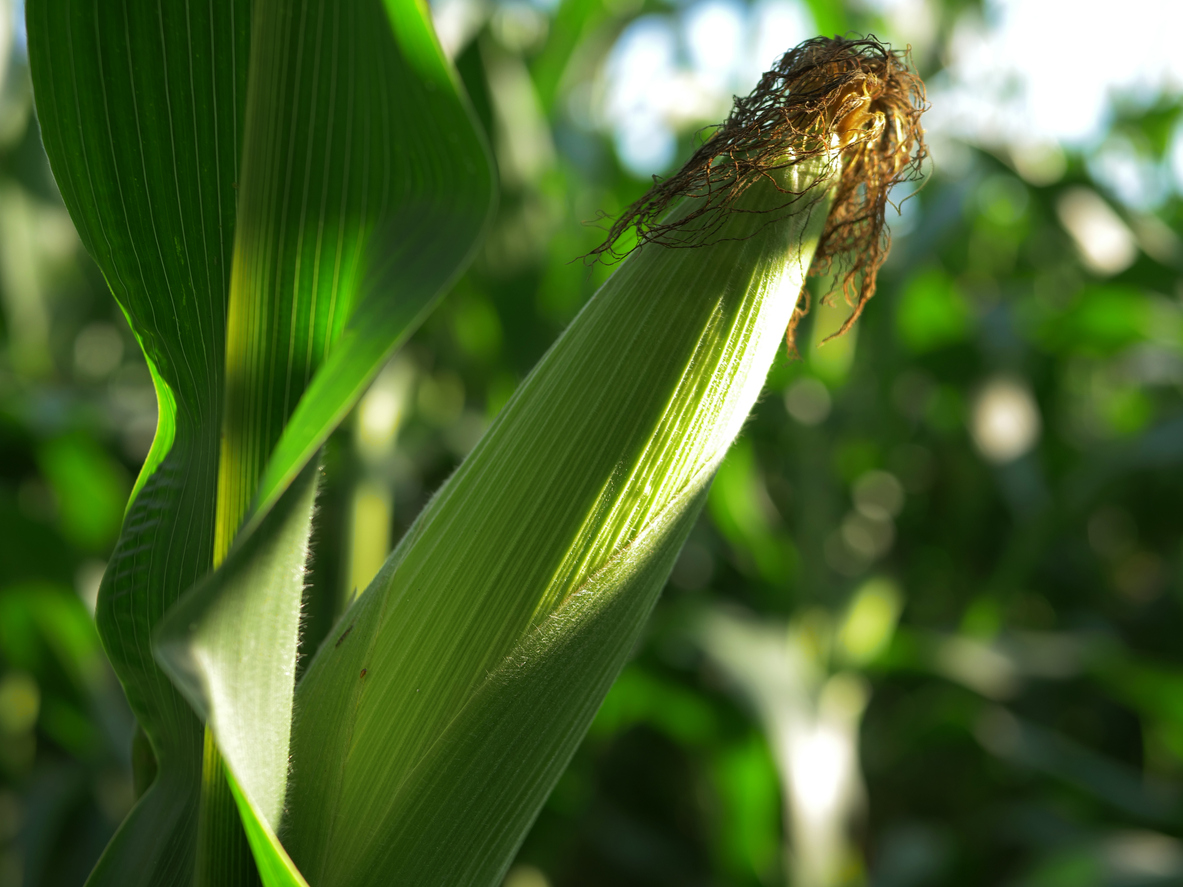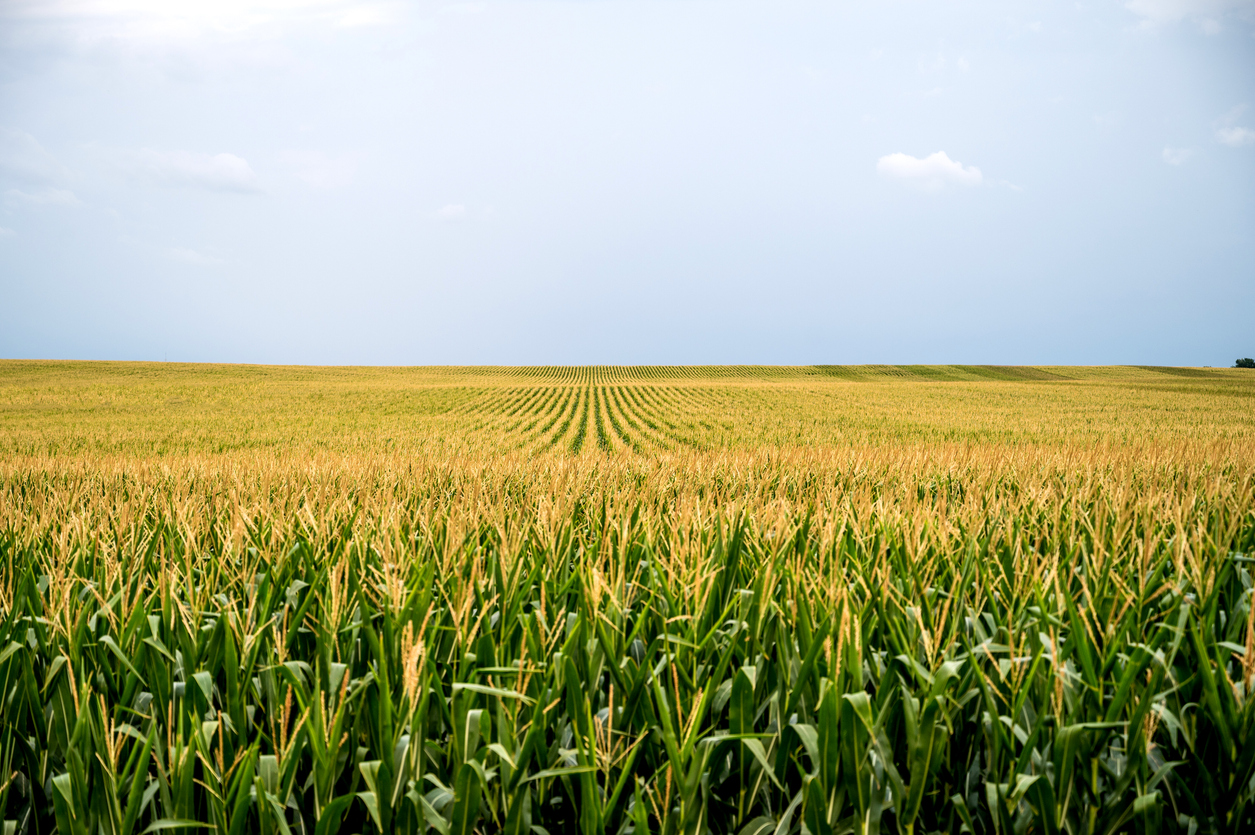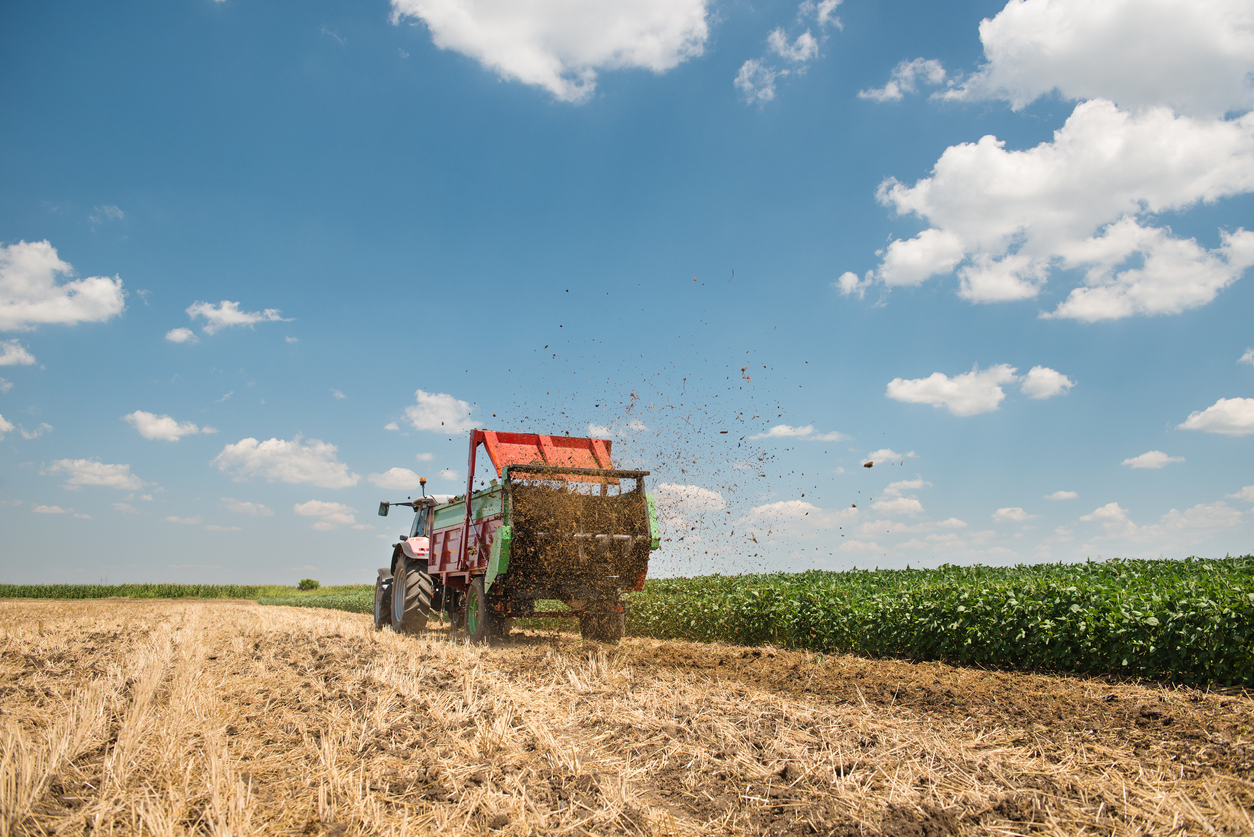Corn Vomitoxin

In between rains, farmers are harvesting corn. Due to cooler temperatures, Canada smoke, and fewer growing degree days; moisture levels in corn are wetter than normal. August rains also promoted Gibberella (GIB) ear rot or vomitoxin. Vomitoxin levels above 5 PPM can not be fed to hogs and some elevators are reporting 6-10 ppm or higher. Farmers are getting charged discounts for both vomitoxin and high moisture which lowers the price. Farmers also cannot deliver high vomitoxin corn for ethanol because it concentrates vomitoxin levels in the distilled grains (DDGs) which are fed to livestock. Elevators often mix good grain with poor grain to dilute the vomitoxin levels to an acceptable level. Michigan seems to have more vomitoxin issues than Ohio. GIB is caused by Fusarium graminearum, a fungus that is also called Gibberella zeae. This pathogen infects corn and wheat causing ear rot, stalk rot, and head scab. Corn symptoms include a reddish or pinkish-white mold on the ear tips whi...



